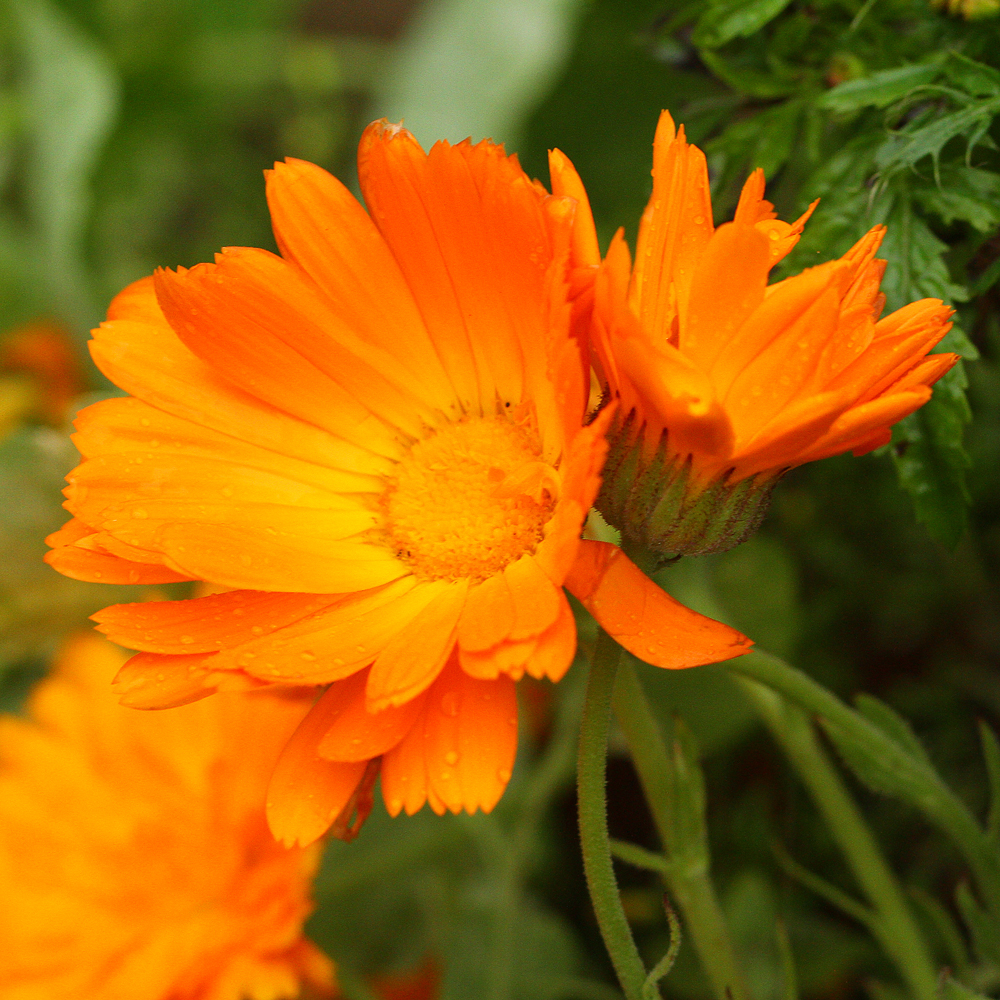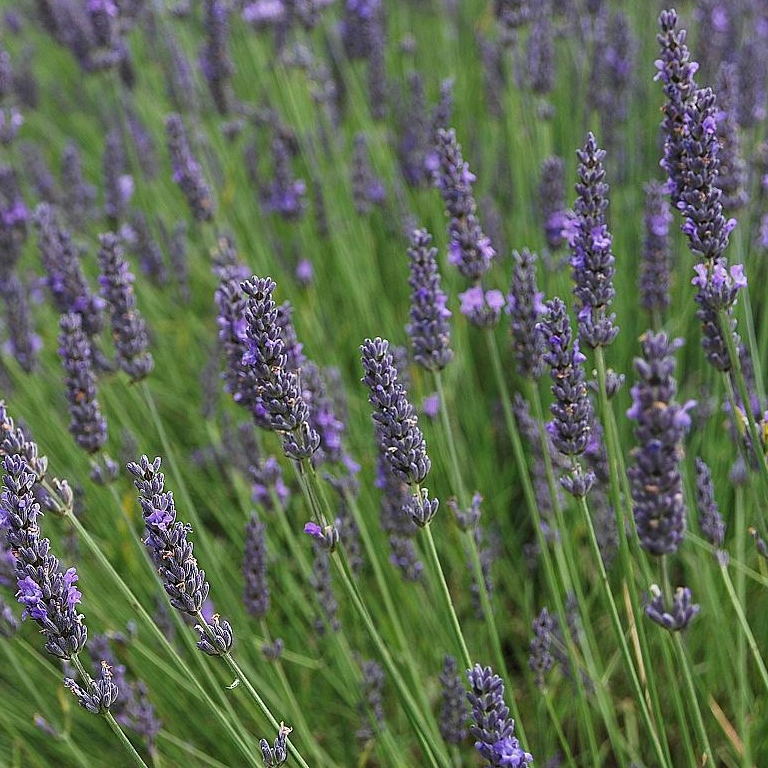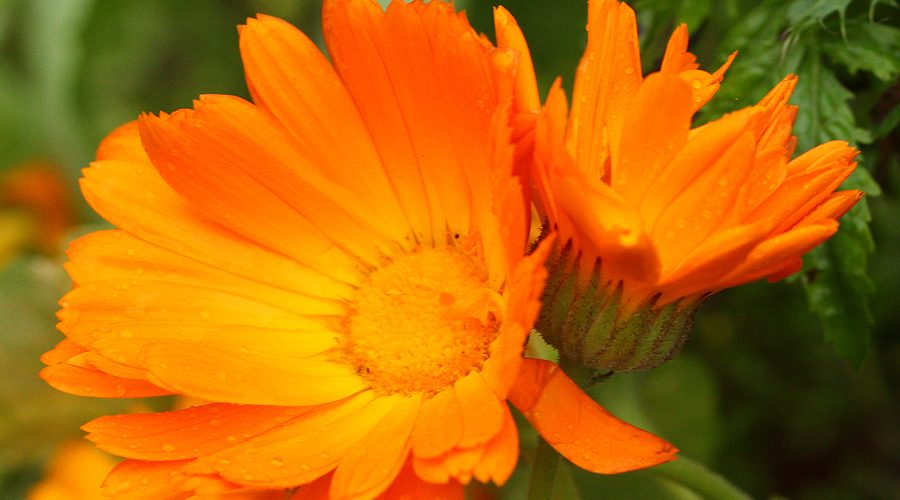With the launch of our new Edible Flower Pack this month, here are some great ideas to inspire your culinary adventures this summer, as well as some tips as to which other flowers in your garden can be eaten!
Borage
These pretty little blue flowers have a mild cucumber like flavour making them a good addition to salads. To be more creative though, you can pop a few in a Gin & Tonic or a glass of Pimm’s or freeze them in ice cubes (very sweet!) by filling the ice tray half full, popping a flower in each cube and freezing. Then top the tray up and re-freeze.

Viola
Violas are so pretty and have a peppery flavour. They look great in salads or as a garnish for pates and dips. Another thing you can do with them is crystallise them (see below) and use them to decorate cakes, cookies and cupcakes.

Calendula/Pot Marigold
Often referred to as “Poor Man’s Saffron” for their orange petals, Calendula has a light, tangy flavour. Rip the petals off and sprinkle over salads, or use it to add a bit of colour to a risotto or paella.

Other edible flowers
You’ll find other edible flowers in your veg patch too:
Basil, Nasturtium, Dill, Rosemary & Chive flowers can be added to salads. Lavender flowers are great for cakes and shortbread. Courgette flowers are edible too.

How to crystallise flowers
- Lightly whisk an egg white to break up the albumen. Use a fine paintbrush to paint the egg white onto the front and back of your edible flowers. Each surface and between petals must be coated.
- Sprinkle caster sugar evenly over the flowers whilst the egg white is still wet. Place the flowers face down on greaseproof paper to dry.
- Leave them to dry for 12-24 hours and then use them to decorate cakes once the egg white mixture has hardened.

